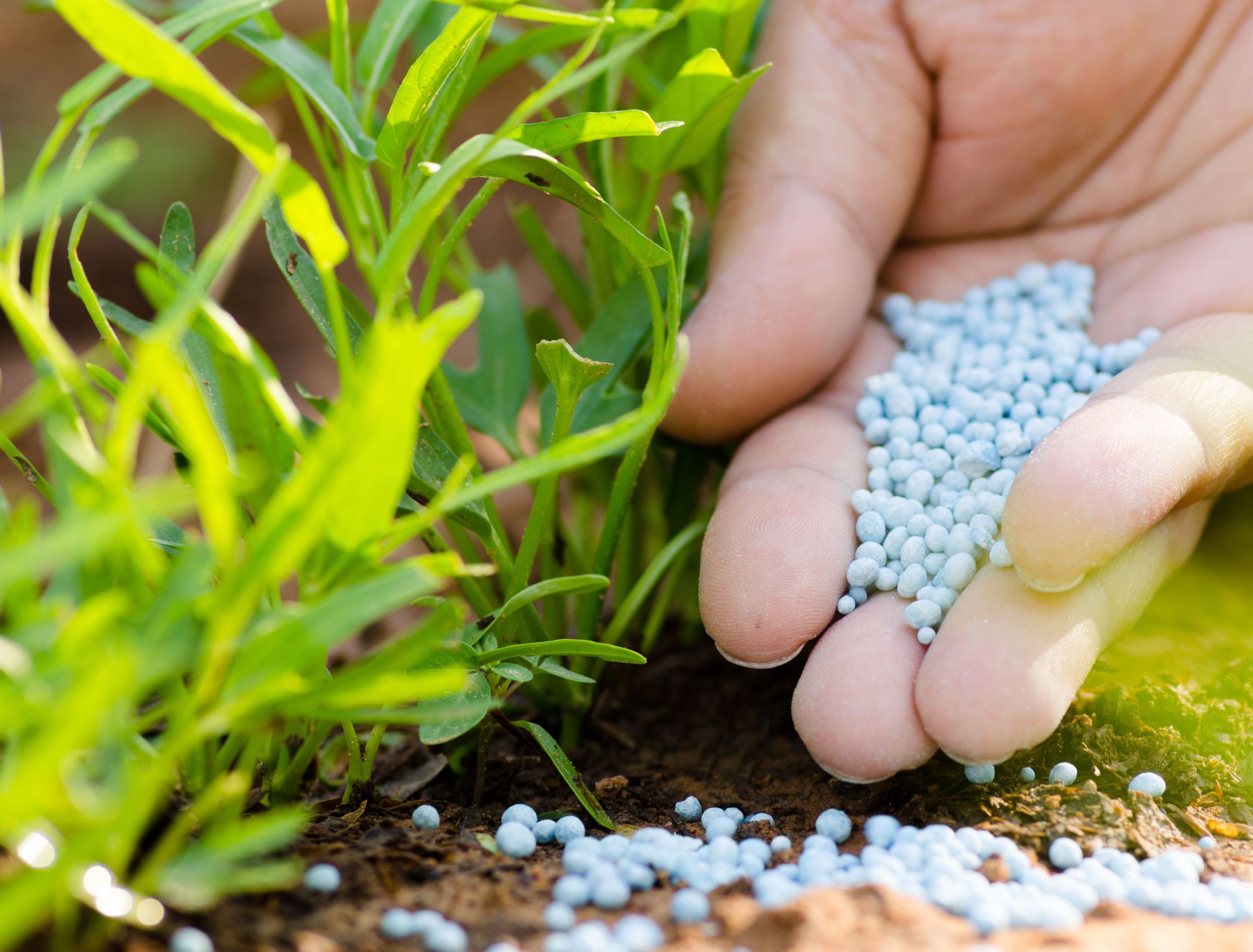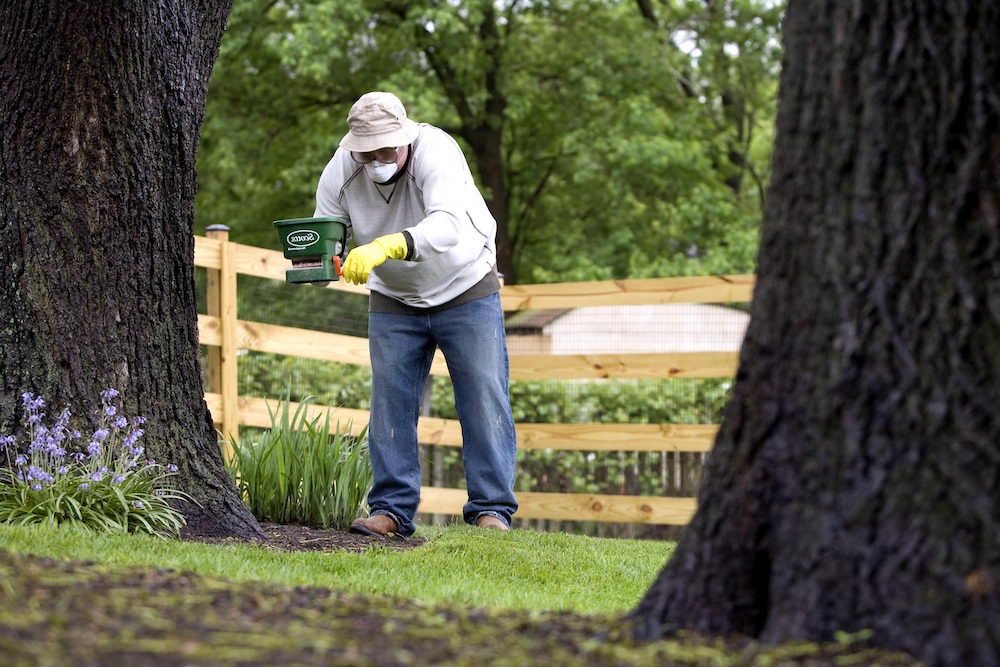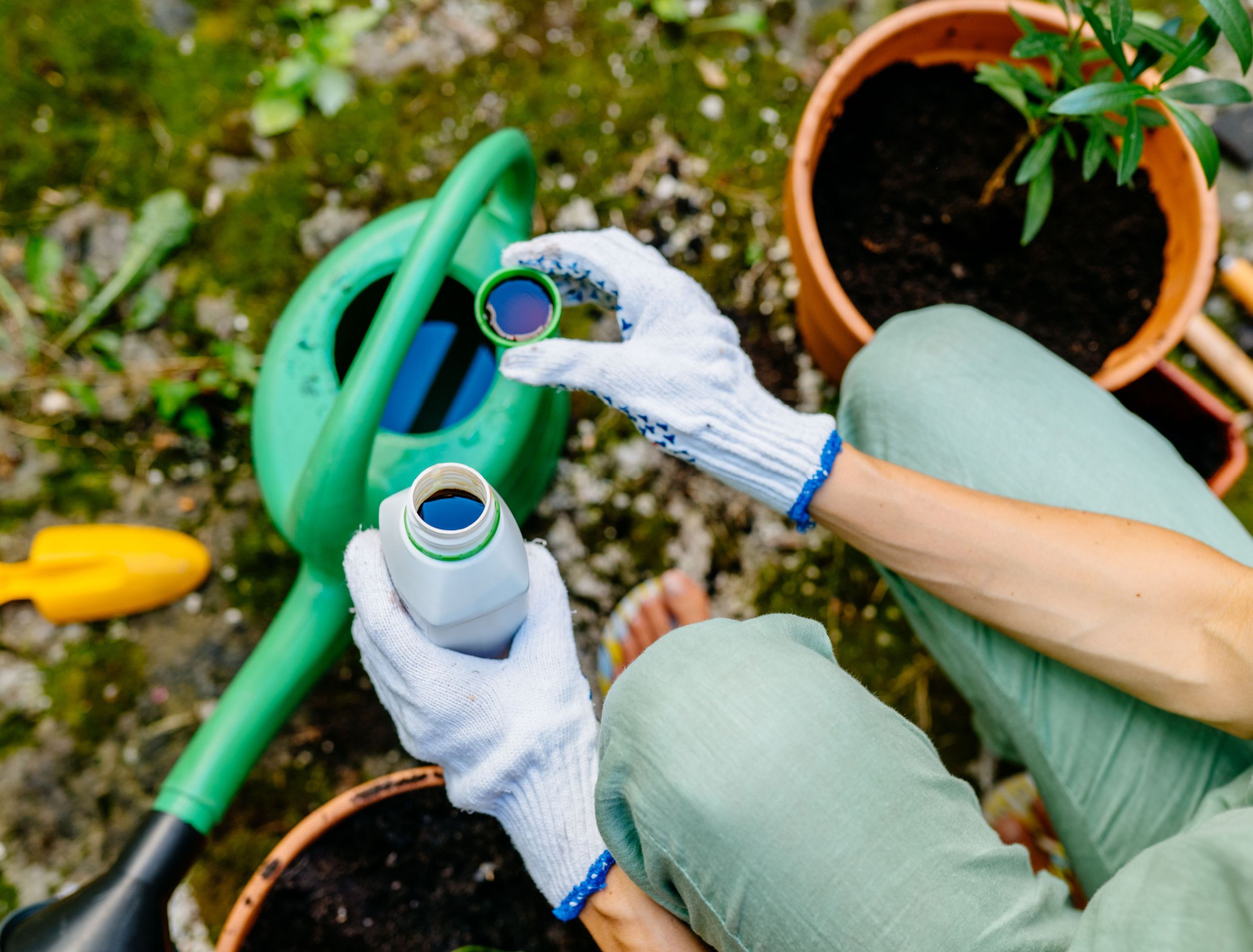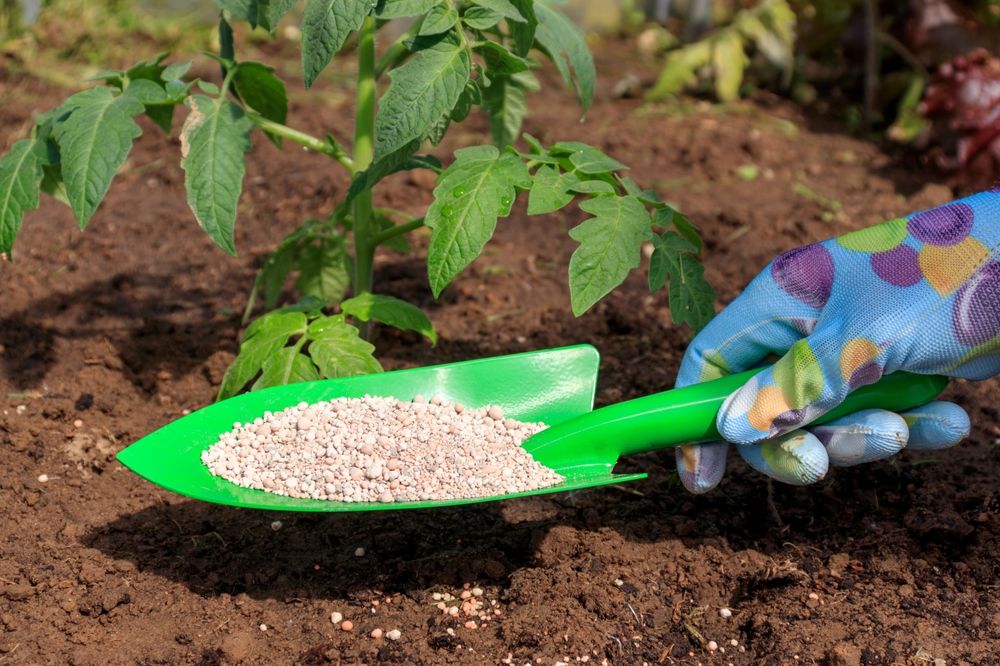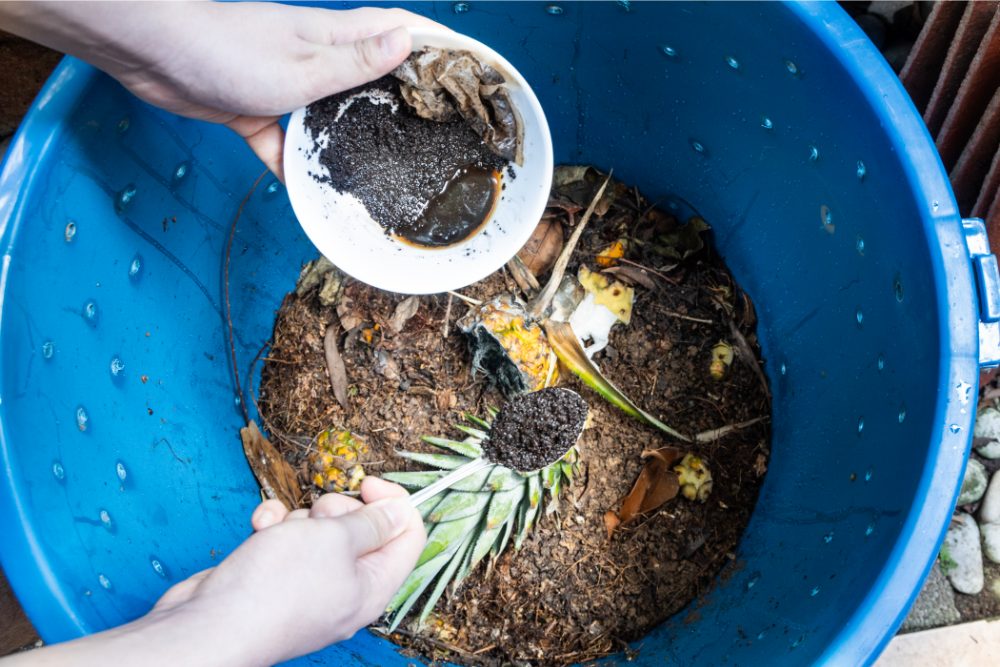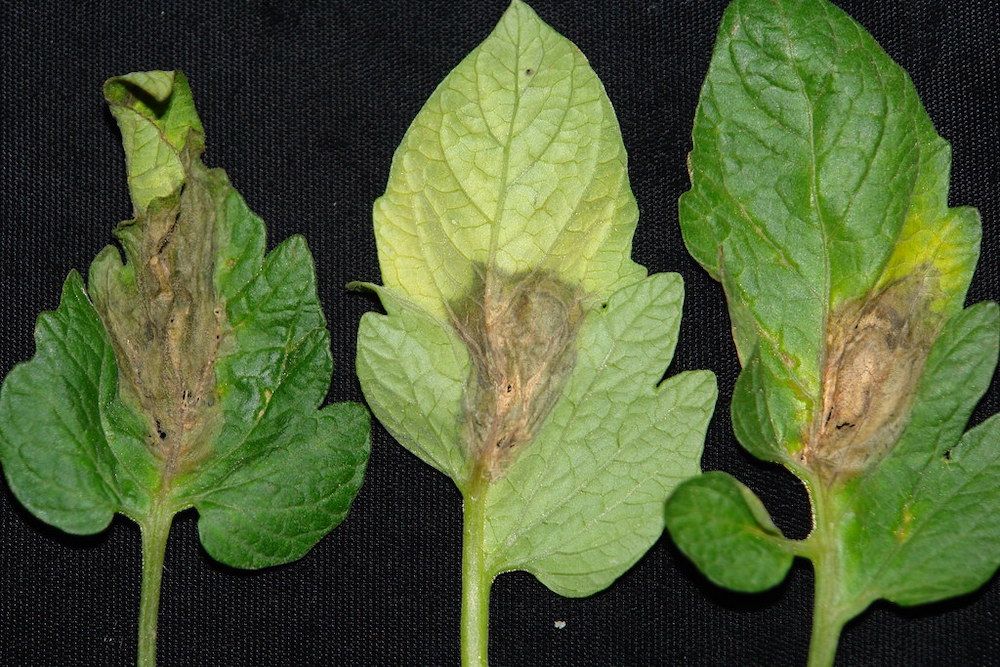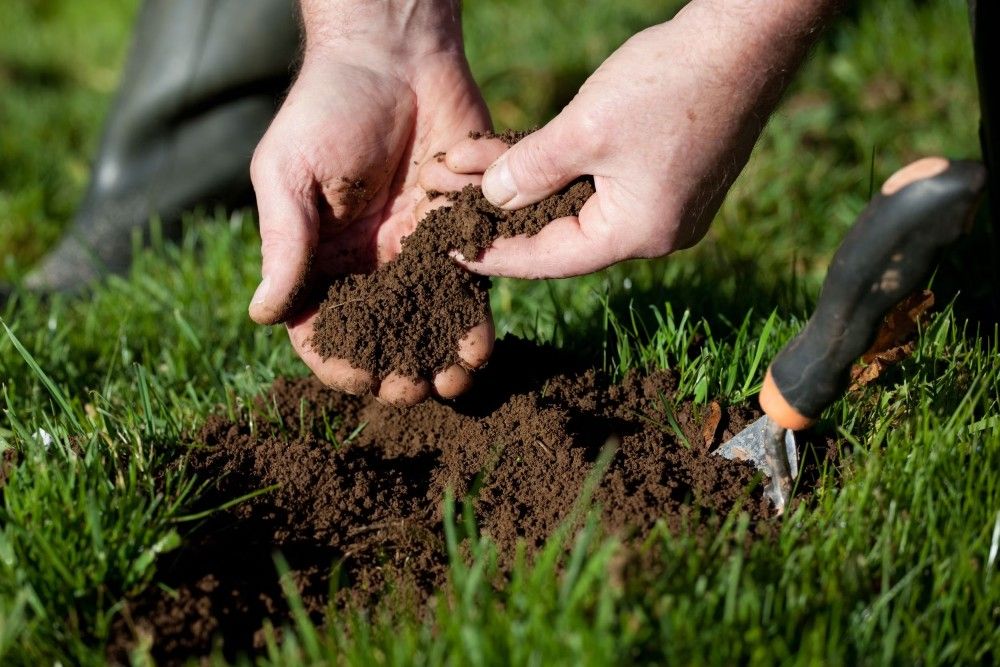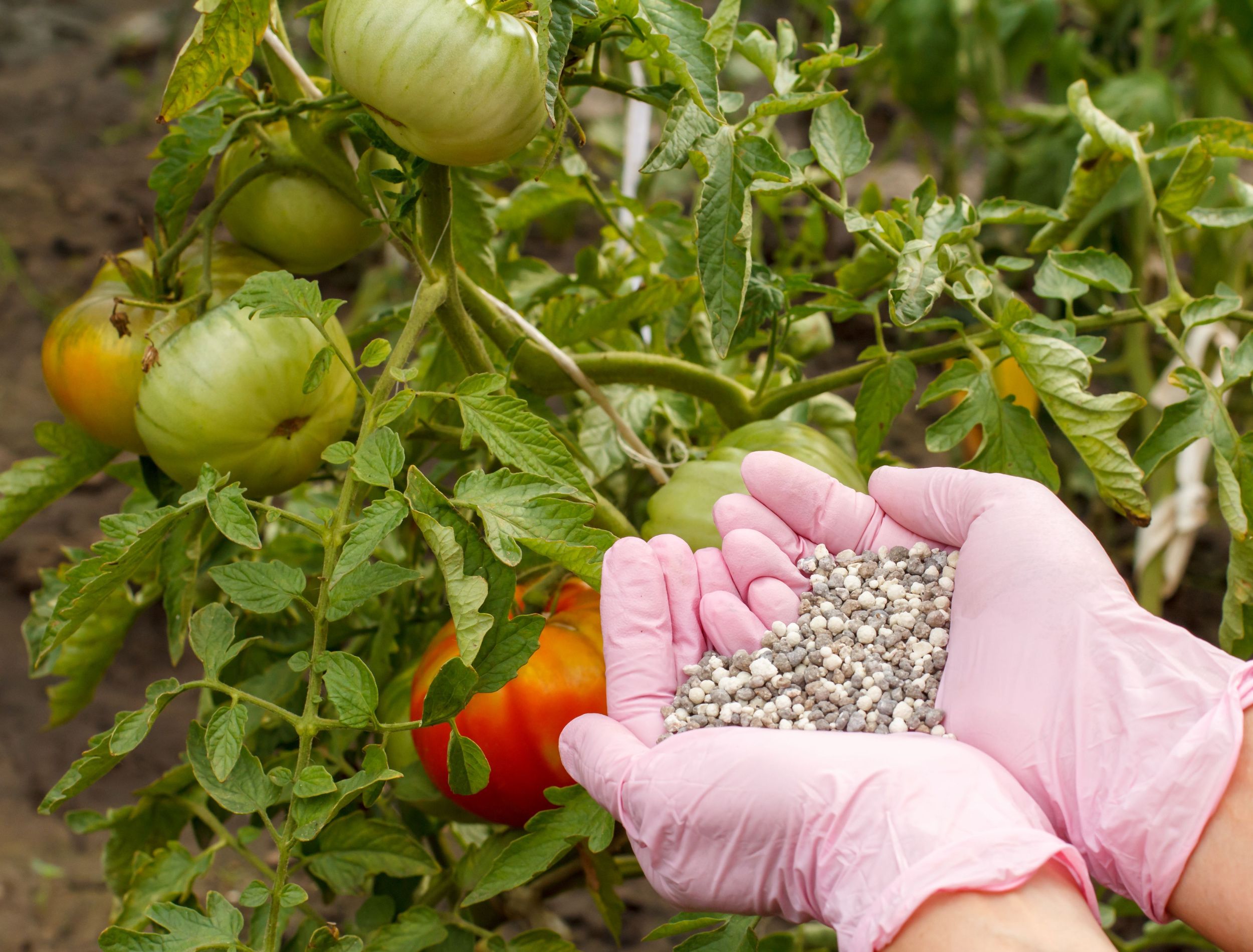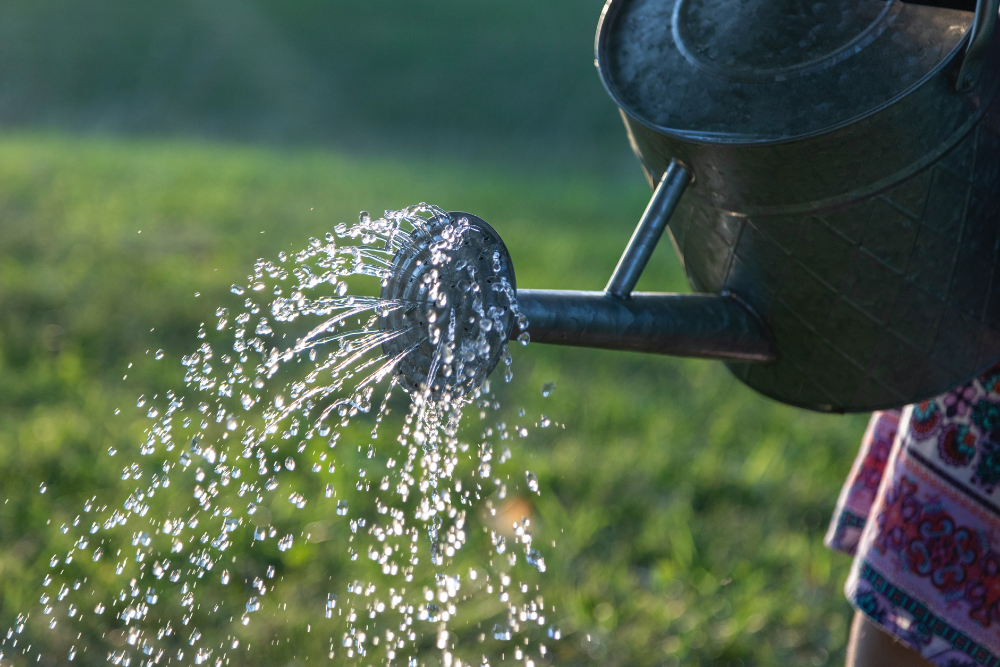The promise of lush, colorful plants makes anyone jump to action when it comes to home gardening. With the right knowledge and techniques, you can transform your outdoor space into an oasis in no time! One important factor is determining the best time of day to fertilize your plants.
Knowing the timing for application could mean the difference between flourishing foliage and sluggish growth. Explore what you need to keep in mind when planning for your fertilizing regimen, so you get the most out of the growing season!
Best Time of Day
When it comes to fertilizing your plants, the early bird really gets the worm! Fertilizing in the morning allows the fertilizer to absorb more quickly and efficiently by the plant. This is because morning temperatures are cooler, allowing for a longer period of time for absorption. Additionally, when you fertilize in the morning, there's less chance for it to evaporate or blow away because of high afternoon winds.
If you miss the morning window, fertilizing in the evening is an acceptable alternative. If you choose to fertilize in the evening, a fertigation system may be your best option. Fertigation is a drip system that applies a water and fertilizer solution directly to the roots of your plants. Not only does this help ensure they get adequate nutrition, but it also prevents water from getting on the foliage, which causes fungal issues due to wet foliage overnight.
What Are Fertilizers and Why They Are Important
Fertilizers are an important part of a plant's health and growth. Whether you have a vegetable garden, potted plants, or houseplants, using the right fertilizer is key to their success! Fertilizers provide essential nutrients to your plants they can't get from water and air alone.
When you look for the right fertilizer for your plants, you'll see three numbers on the label representing nitrogen (N), phosphorus (P) and potassium (K). These are macronutrients and are needed in relatively large amounts by plants. Nitrogen helps promote leafy green growth while phosphorus encourages root development and flowering. Potassium helps retain water and strengthens cell walls.
Of course, your plants need more than just N-P-K. They also need micronutrients and trace elements such as magnesium (Mg), boron (B), copper (Cu), calcium (Ca), zinc (Zn), nickel (Ni), sulfur (S), iron (Fe), manganese (Mn), molybdenum (Mo), and iodine (I) to help promote growth and development in small doses.
But it's not just about supplying your plant with the right nutrients; it's also important to give them in the right amounts. Too little of a nutrient may cause deficiencies, while too many damages the plant. Just remember to err on the side of caution.
A good fertilizer provides key nutrients while also helping create an environment that encourages healthy growth and development in your plants. With the right fertilizer, you ensure your plants get the nutrition they need to thrive!
Tips on How to Fertilize Your Plants
As mentioned, fertilizing your plants is an important aspect of gardening, as it helps them to grow and flourish. But before you feed your leafy friends, there are a few tips to consider.
Choose the Right Type of Fertilizer
Not all fertilizers are equal, so it's important to understand what nutrients your plants need before choosing one. Look up what types of fertilizers work best for the plants you have in your garden and make sure the product you use contains those elements.
Use Organic, When Possible
Organic fertilizers like grass clippings, compost, or manure are natural products that don't contain synthetic ingredients or chemicals which could potentially harm the environment. Plus, they tend to be more sustainable since they break down naturally in the soil over time and release their nutrients slowly. In addition, synthetic fertilizers may burn your plants if you do not apply them correctly.
Don't Over-Fertilize
It's important you get the balance right when it comes to fertilizing your plants; too little and they won't grow as well, but too much and you do more harm than good. Some signs of over-fertilization include yellow leaves, an abundance of green growth but no fruits, root rot, and leaf loss.
When it comes time to fertilize your plants, start off slow. Give just enough so your plants are getting the nutrients they need without being overwhelmed by a hefty amount of fertilizer. If you're unsure how much to use, try using half of the dosage recommended and then increase it gradually as needed.
It's also important to read the instructions on the packaging before applying fertilizer and follow them accordingly. Different plants have different needs — some may need more, and some may need less. Pay attention to when your plant needs fertilizing, too. Some need it only once a month, while others may need it every week or two.
Run a Soil Test
Soil tests are relatively simple processes you can do at home. They involve collecting samples from various areas around your yard and sending them off to a lab for analysis. By testing the pH levels, nutrient content, and particle size of your soil, you'll know exactly what kind of fertilizer to apply and in what amounts.
Know When
Fertilizing at the right time of day is important, but knowing when in the season to fertilize is critical, as it makes all the difference between a thriving plant or one that doesn't survive.
The best time to fertilize your plants is before they enter their active growing period, usually during spring for most species. However, if you fertilize plants during their dormant period (winter for most plants), it may actually cause more harm than good. Fertilizing a plant when it is lying dormant promotes new growth in the winter, leading to weak or fragile stems that may not survive the colder months.
Water Before You Fertilize
Water is an essential part of the fertilizing regimen, as it helps the soil absorb the nutrients from fertilizer. Irrigate your plants before and after applying fertilizer to your garden.
When you do, make sure you're only applying water to the root area and not to the entire plant. The roots are where all the nutrient absorption takes place. To do this, use a hose or watering, depending on what type of plant you're caring for and how much space it occupies in your garden.
Additionally, if you have had flooding in your area, wait until the water has absorbed into the soil. If you fertilize when there is excess water, it will cause runoff.
Don't fertilize in a heatwave when your plants are already dry and stressed, as this might damage them. When there are drought conditions, your plants are focused on surviving, and not on new growth.
Ready, Set, Fertilize!
You're now familiar with all the ins and outs when it comes to the best time of day to fertilize your plants, and how to properly feed them. Most times, applying fertilizers in the morning or evening is the perfect solution to keep your plants blooming and healthy. But also remember to pay attention to your plant's health and consider their individual needs when it comes to fertilizing.
With a little TLC, your garden will look fabulous year-round. So, get out there, grab your gloves and a bag of fertilizer, and enjoy reaping the rewards of all your hard work!
Share this information with family and friends so they can benefit from learning vital tips for keeping their gardens gorgeous!

